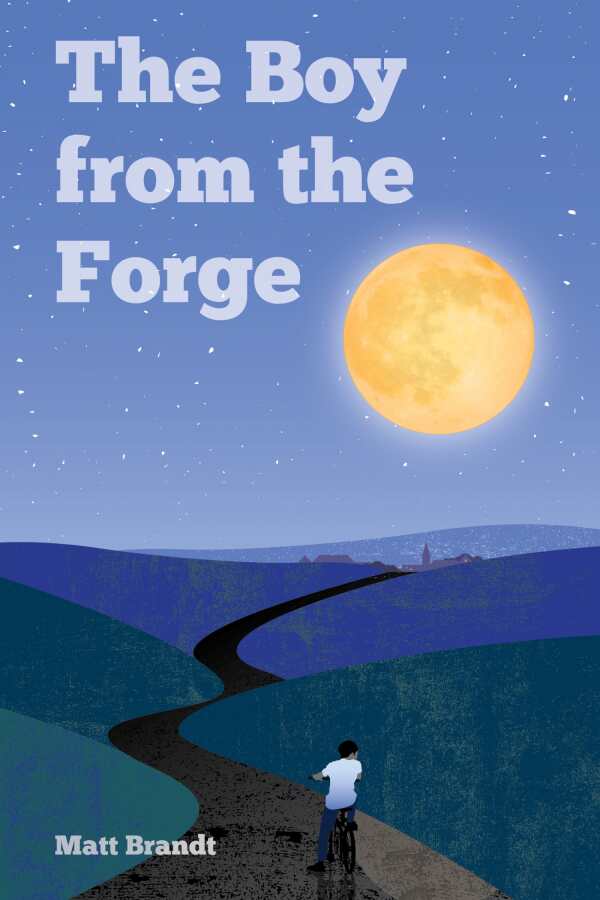The Boy from the Forge
The Boy from the Forge is a skillfully written, nostalgic coming-of-age story.
Matt Brandt’s The Boy from the Forge is a sympathetic coming-of-age novel in which a young man makes choices that will shape him for decades to come.
Max lives in a small, mostly blue-collar town, New Athens; he is in his junior year of high school. He and his friend Del are extremely close; they spend almost all of their time together. As the story begins, they also begin spending time with Leti and Annika; they must eventually reckon with the fact that Del has expressed interest in Annika, but she likes Max.
Meanwhile, Max’s father is distant and angry, and his mother has trouble supporting Max financially even years after her divorce. Their monotonous lives motivate Max to dream about something different for himself after high school, but he is unsure of exactly where to turn.
When Annika and Max break the news that they are now dating to Del and Leti, Del’s casual teenage drinking takes a turn for the worst, and Max finds his allegiances with his old friend and his new girlfriend are tested.
Dialogue moves the story along, though it sometimes stretches on for too many pages, with descriptions, background, and action lost in the process. Most scenes are given over to fleshing out the complexities of character relationships; they ably focus on the emotions at stake.
Even in moments of typical teenage revelry, diction and character development evoke intimacy with the characters; there’s something special about these bonds. This makes the novel’s conflict feel high stakes: the lovable, relatable characters make it hard to see any of their relationships in peril.
The text excels in setting complex adult themes amidst otherwise mundane habits, from paper routes to weekend drinking. The characters are fallible and, for the most part, must face the consequences of their actions. Parts of the climax read as bad decision-making on Max’s part, but those bad decisions are consistent with his priorities overall, making them believable.
Max’s moments of internal dialogue about how to move forward in life are true to the difficult choices teenagers face. Some details around the geography of New Athens and Milltown are unclear and distract from the overall story line.
The utter disappearance of a key character from the second half of the novel is unexpected and unpleasant, given the expectations set up by early parts of the book. The conclusion is satisfying and completes the coming-of-age story with insights that help make sense of Max’s past, present, and future. Throughout, mentorship emerges as a theme, as many adult figures in Max’s life become valued advisers—even when he doesn’t follow that advice.
The Boy from the Forge is a coming-of-age story that skillfully combines nostalgia for friendship, first loves, and choosing one’s path into adulthood.
Reviewed by
Laura Leavitt
Disclosure: This article is not an endorsement, but a review. The publisher of this book provided free copies of the book and paid a small fee to have their book reviewed by a professional reviewer. Foreword Reviews and Clarion Reviews make no guarantee that the publisher will receive a positive review. Foreword Magazine, Inc. is disclosing this in accordance with the Federal Trade Commission’s 16 CFR, Part 255.

